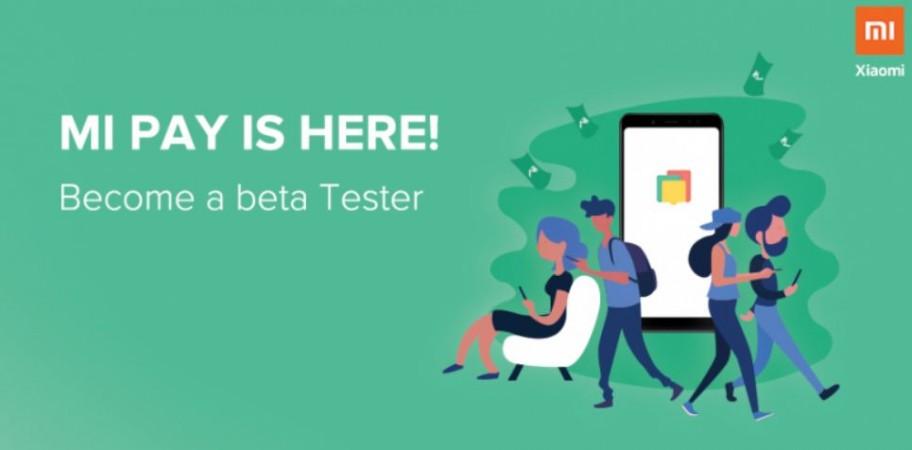Reigning smartphone leader Xiaomi has launched the much anticipated cash-less transaction service Mi Pay in India.
The company's new Mi Pay is supported by ICICI Bank and PayU and has received the official nod from National Payment Corporation of India (NPCI) for large group usage. Xiaomi in a bid to get user feedback has started beta testing before it plans to roll out to the public en masse.
"With Mi Pay, you can make payments using UPI, debit cards, credit cards, and Internet Banking. You'll also be able to make payments for several utilities with Mi Pay such as phone bill/recharge, DTH recharge, water bill, electricity bill, with just one tap," the company said in a statement.

Here's how to enrol for Mi Pay beta testing:
Prerequisite:
It can be noted that the interested user must be running MIUI Global Beta ROM on his or her Xiaomi phone. The company will be taking request for Mi Pay beta enrolment until 31 December 2018.
Interested user can enrol (here) by submitting some personal details such as email ID, full name, which MIUI ROM you are using, also the user will be asked to have Telegram app on their phone and follow as per the instruction.
Here's how to bind a bank account to Mi Pay:
- Open the Mi Pay app
- Select the option to add a bank account
- key in the bank account details
- Go through SMS verification for final confirmation.
The final version of Mi Pay is expected to be released to the public in early 2019 and will support all bank cards in India, so that every Xiaomi phone user will be able to make the transaction without cash anytime and anywhere, without any inconvenience.
In a related development, Xiaomi continues to roll-out new MIUI 10 Global ROM to more and more devices in India. Recently, it released the latest software to older budget devices Redmi 4A, 3S Prime and other older devices, which is very rare for an Android-based Original Equipment Manufacturers (OEMs), while rival brands concentrate only on improving services to high-end devices.








